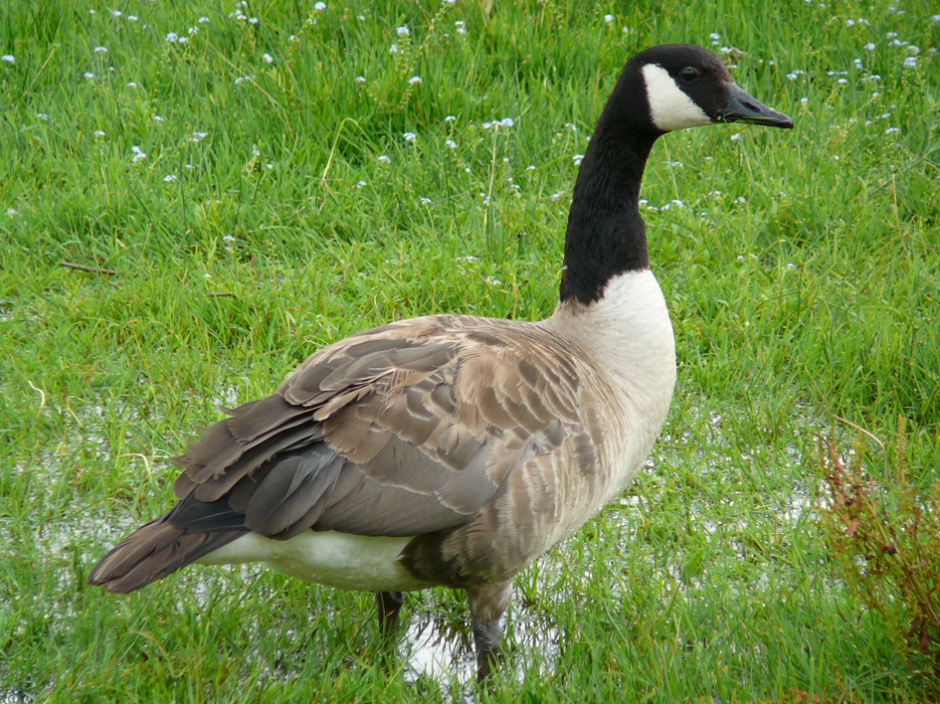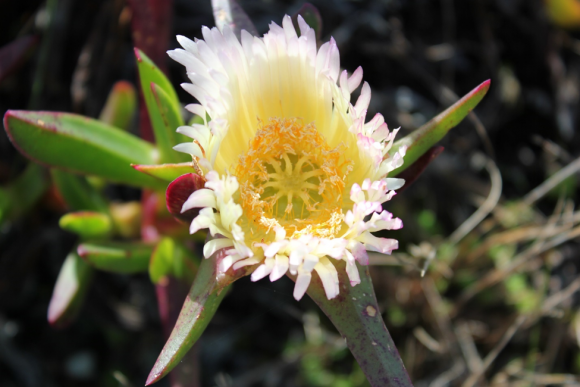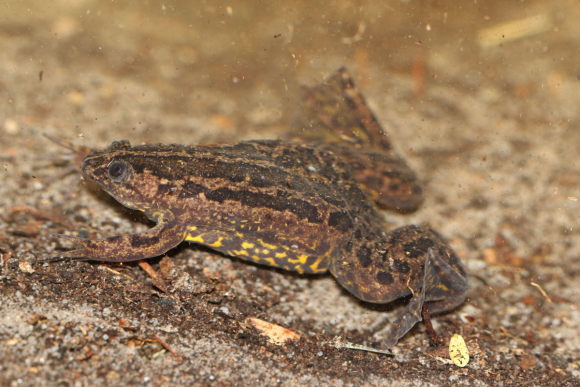6 June 2016 | By Sabrina Kumschick
A recent paper by Sabrina Kumschick, C·I·B Core Team Member, together with C·I·B Director Dave Richardson and C·I·B Associate Tim Blackburn investigated whether the birds on the “100 worst” lists are indeed worthy of this honour.
Lists of harmful species such as “100 of the worst” lists are important to educate the public about alien invasive species and the impacts they can cause. However, they have limited use for management and scientific purposes, as the selection on lists are arbitrary and not based on transparent criteria.
The paper, published in Bird Conservation International, suggests a new approach for alien species listing according to their impacts, using a semi-quantitative method.
Dr Kumschick and colleagues researched the impacts of the birds listed on two of the most frequent used lists, namely the “100 of the World’s Worst Invasive Alien Species” list of the IUCN and the “100 of the Worst” list of invaders in Europe.
They used a generic impact scoring system to compare the magnitude of impacts between species, as well as the mechanisms through which the impacts can be caused. This includes for example competition for food and nesting sites, predation on native species, and socioeconomic impacts such as feeding on agricultural crops and disease transmission to humans.
Dr Kumschick and colleagues found that the two lists represent some of the worst invasive birds, and the most important mechanisms causing impacts, with some overlap between the species on the IUCN list.
“As a way forward, we suggest selecting the “worst” alien species according to a transparent system or guidelines, and backing up such a selection with quantitative data. This would not affect the educational purpose of the lists, but could lead to a more balanced representation of the types of impacts that alien species can cause,” explains Dr Kumschick.
Read the article by Kumschick et al.
For more information, contact Sabrina Kumschick at sabrinakumschick@sun.ac.za




